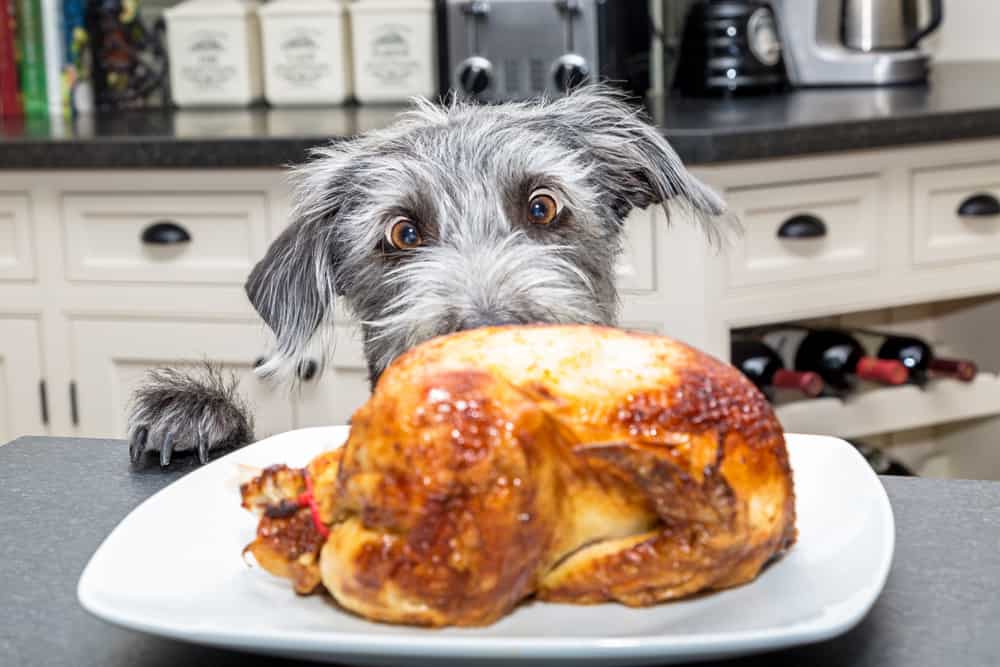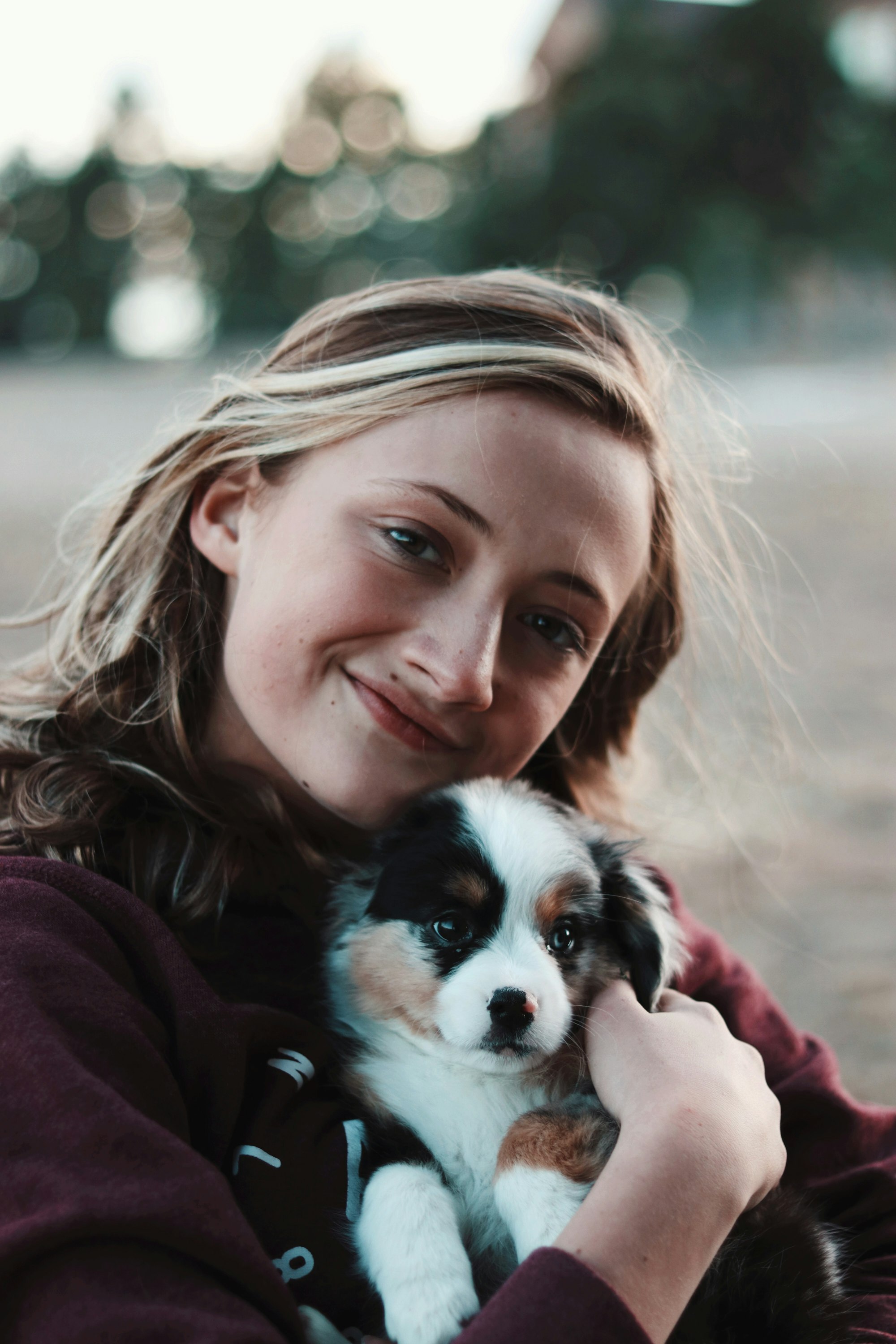Let's begin by acknowledging a universal truth: Dogs aren't merely pets; they're integral members of our families. As with any beloved family member, the importance of quality time can't be overstated. Spending quality moments with your dog extends far beyond mere play; it's an avenue for deepening the emotional connection between you and your canine companion. Learning how to engage your dog in playtime the right way is not just a matter of enjoyment—it's about cultivating a relationship rooted in bonding, comprehension, and mutual respect.
Engaging in play activities isn't just frivolous fun; it's a medium through which you and your dog can communicate more efficiently. It allows you to understand your dog's body language, preferences, and limits. This understanding, in turn, fosters mutual respect as you become more attuned to each other's needs and boundaries. In this way, playtime becomes a meaningful interaction, layered with emotional significance, that strengthens the bond between you and your pet.
So, when you master the art of playing with your dog in a way that is both entertaining and respectful, you're not merely passing time. You're investing in a relationship that is nurtured by mutual understanding and enriched by shared experiences. It's a win-win situation where both you and your dog derive joy, companionship, and a deeper emotional connection.
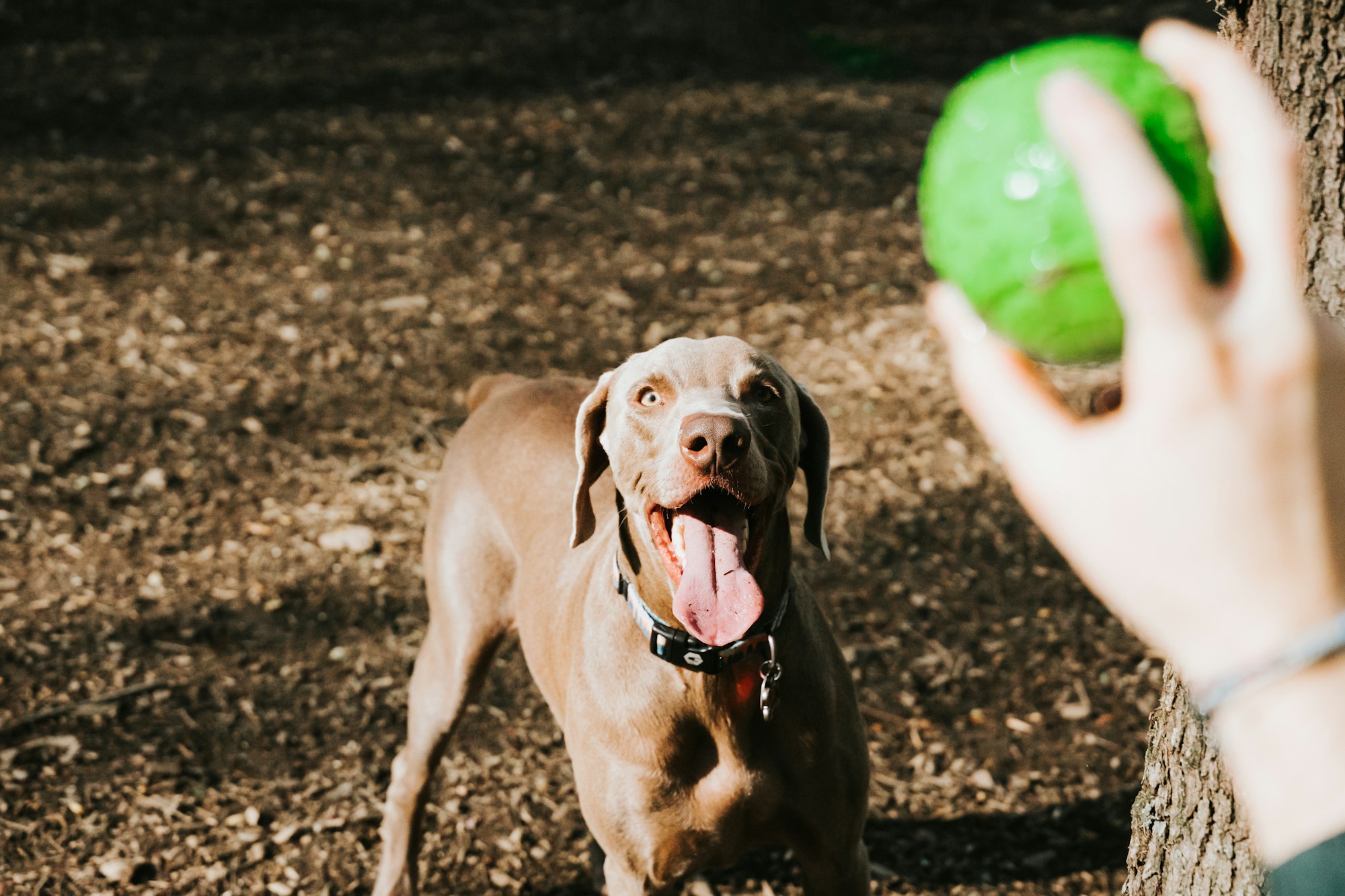
The Science Behind Play
Playtime isn't just a frivolous activity. For dogs, it’s a blend of physical exercise and mental stimulation. Dogs, just like us, have varied preferences. While some might love a game of fetch, others might relish tug-of-war or simply running around.
Dog Play Techniques: Finding the Right Game
Every dog is unique. That's a given. But how can you tell which game is your dog's favorite? Well, observation is key.
Consider this: Your furry pal might be from one of the guardian dog breeds known for their protective instincts. For such breeds, playtime can be a great way to channel their natural tendencies. You might want to involve them in hide and seek games or teach them to guard objects.
Engaging the Right Way
Ever heard of the american mastiff? These gentle giants, with their calm demeanor, prefer play that’s less intense. Think of games that stimulate their mind more than their brawn. Puzzle toys are a hit with these breeds.
Similarly, knowing what’s safe for your pet is crucial. For instance, while playing, you might be tempted to give them a treat. But, always remember, there are certain foods, like can dogs eat onions? No, they can’t! Onions can be toxic to dogs. Just a little tidbit to keep in mind.
Why Play Matters: More than Just Fun and Games
If you've ever wondered why do dogs have whiskers, it's a bit like asking why playtime is crucial. Whiskers help dogs navigate their surroundings, detect changes in their environment, and even sense mood changes in us humans! Similarly, play helps dogs understand their world better, establish hierarchies, and build a closer bond with their human pals.
Play Safety: Avoiding the Oops Moments
Playtime should always be fun, but it should also be safe. If you're introducing a new toy or game, make sure it’s suited for your dog's size and temperament. If you've got a playful bernedoodle, for example, you'd want to make sure the toy isn't too small or has detachable parts that can be swallowed.
Decoding Dog Play Signals
As we dive deeper into mastering how to play with your dog the right way, it's essential to understand their signals. Dogs have a language of their own, a series of cues and behaviors that indicate whether they're enjoying playtime or feeling threatened.
The Play Bow: The Universal Let's Play!
Almost every dog owner has seen this. Your dog lowers its front legs, raises its hindquarters, and wags its tail excitedly. This "play bow" is your dog's way of saying, "Let's have some fun!" It's an invitation, a clear signal that they're in the mood to play.
Canine Vocalizations: From Growls to Whines
Understanding your dog's vocal signals is key. A playful growl during a tug-of-war game is very different from a warning growl. On the flip side, whines during play might indicate frustration or confusion. For instance, if you've introduced a new toy they're unsure about, that soft whine might be their way of seeking guidance.
Watching the Tail: A Dog's Mood Barometer
The tail is often a dog's most expressive tool. A wagging tail usually indicates excitement and happiness. However, a stiff, raised tail could mean your dog is feeling threatened or overstimulated. If you notice this during play, it might be a good idea to give your furry friend a break.
Toys, Toys, Toys!
We've talked about the games, but what about the tools of the trade? Selecting the right toys for your dog is paramount for a fulfilling play session.
Puzzle Toys: Engaging the Canine Brain
While physical play is essential, mental stimulation is equally crucial. Puzzle toys, where your dog has to figure out how to get a treat or make something move, are fantastic for engaging their problem-solving skills. It's like Sudoku for dogs!
Tug Toys: Perfect for Bonding
Tug-of-war, when played right, can be a great bonding activity. However, ensure the toy you choose is durable and safe. Regularly inspect tug toys for wear and tear to avoid any choking hazards.
Fetching Tools: For the Energetic Pooches
Balls, frisbees, and other fetching toys are great for dogs that have an abundance of energy. Not only do they provide excellent physical exercise, but they also help train your dog's retrieval instincts.
Introducing Variations: Keeping Playtime Fresh
Just as we humans can become bored with the same routine day in and day out, dogs too appreciate variety. Introducing new games or changing the environment can revitalize play sessions and keep your pup eagerly anticipating your next playtime.
Rotate Toys: A Simple Trick to Renew Interest
If you notice your dog losing interest in their once-favorite toy, it might not be the toy's fault. Overexposure can lead to boredom. A handy trick is to have a set of toys and rotate them every few days. This keeps things fresh for your pup and makes old toys seem like new treasures when reintroduced.
Explore New Environments: Nature as a Playground
Playing in the same backyard or living room can become mundane after a while. Why not change the scenery? Take your dog to a local park, a beach, or a hike. New smells, sights, and sounds can invigorate your dog, making playtime more exciting.
Introduce Playdates: Socializing Through Play
If your dog is social and gets along well with other dogs, consider setting up playdates. Playing with other dogs introduces a different dynamic. They learn to read other dogs' cues, establish hierarchies, and enjoy a type of play that humans can't replicate.
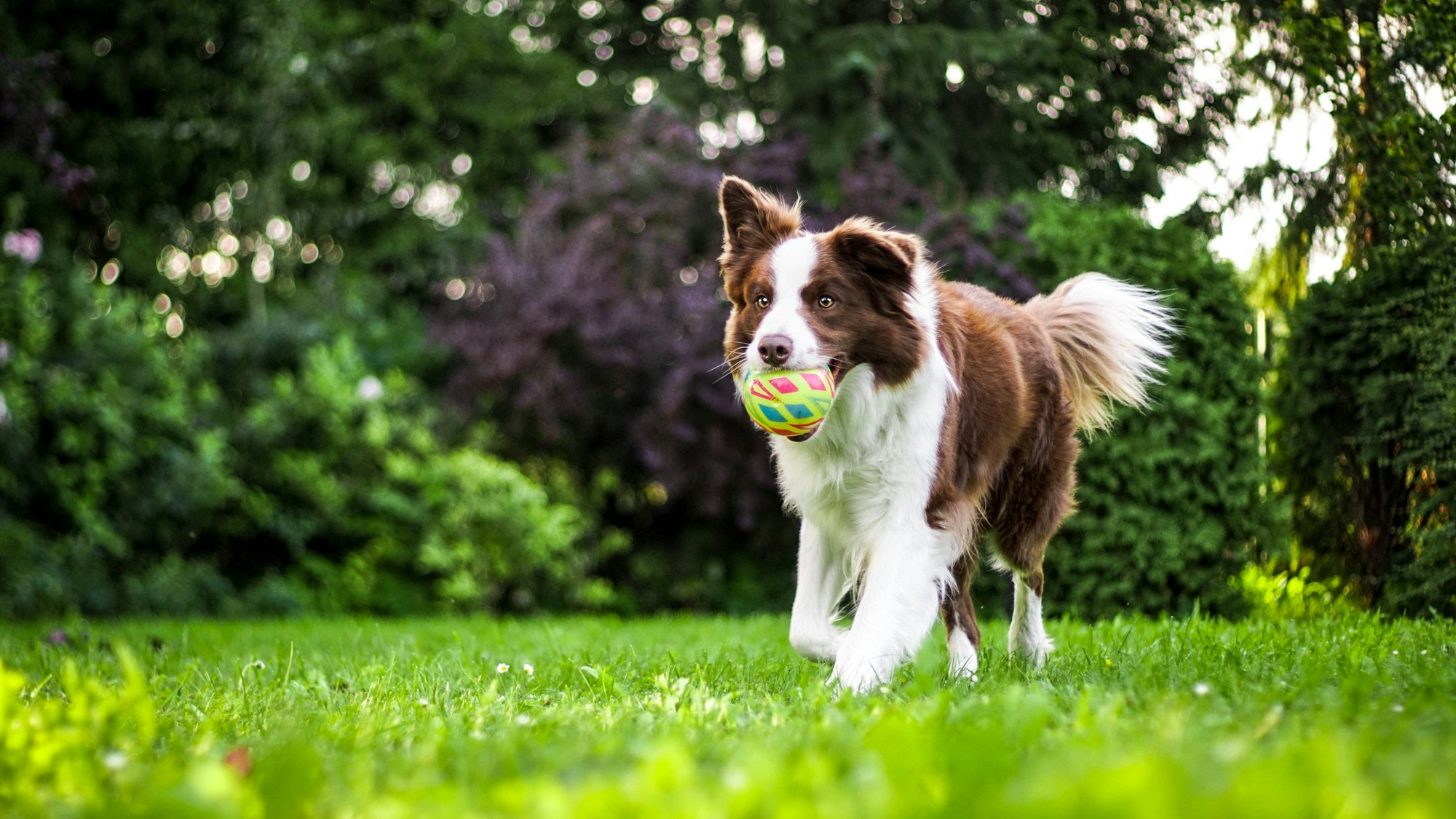
The Post-Play Ritual: Winding Down
After an energetic play session, it's essential to have a wind-down routine. This helps transition your dog from the excitement of play to a relaxed state.
Hydration Station: Refresh and Refuel
Ensure fresh water is available for your dog after play. Running, jumping, and tugging can be thirsty work! If you've played outside or taken a long walk, consider giving them a light snack as well.
Check for Wear and Tear
Post-play is an excellent time to check toys for any damages. As mentioned earlier, safety is paramount, and ensuring toys are still in good condition can prevent potential hazards.
Cuddle Time: Strengthening the Bond
Once playtime is over and your dog has had a drink, it's often a perfect time for some snuggles. Gentle petting, soft words, and cuddling can reinforce the bond between you two, reminding your dog that playtime is just one of the many ways you express your love.
Reflection: Growing Together Through Play
Mastering how to play with your dog the right way isn't a one-time lesson. It's a continuous journey of understanding your dog's changing needs, preferences, and signals. As they age, their playstyle might evolve, but the underlying essence of bonding, joy, and mutual respect remains unchanged.
In the end, whether it's a boisterous game of fetch or a gentle puzzle toy session, what truly matters is the love, trust, and mutual respect shared between you and your furry companion. Celebrate those moments, learn from them, and cherish the joyful memories you create together.
The Aging Pooch: Adapting Play to Senior Dogs
As our loyal companions gracefully age, their play needs and preferences might undergo changes. Recognizing and adapting to these changes is vital in mastering how to play with your dog the right way across all stages of their life.
Recognizing the Shift: Slower but Still Enthusiastic
While the spirit remains willing, the body might not be as nimble as before. An older dog might not chase the ball with the same gusto or engage in prolonged tug-of-war sessions. However, their eyes still light up at the prospect of play, only at a gentler pace.
Gentle Play for Gentle Souls
Introducing softer toys, especially for breeds with dental concerns in their senior years, can be beneficial. Plush toys, soft rubber balls, or even old towels can become their new favorite playthings. It’s about finding what's comfortable and engaging for them.
Stimulating the Mind: Keeping the Brain Active
While physical play might diminish, mental stimulation remains crucial. Puzzle toys and treat-dispensing toys can be increasingly beneficial for older dogs. They challenge the brain, helping fend off cognitive decline and keeping their minds sharp.
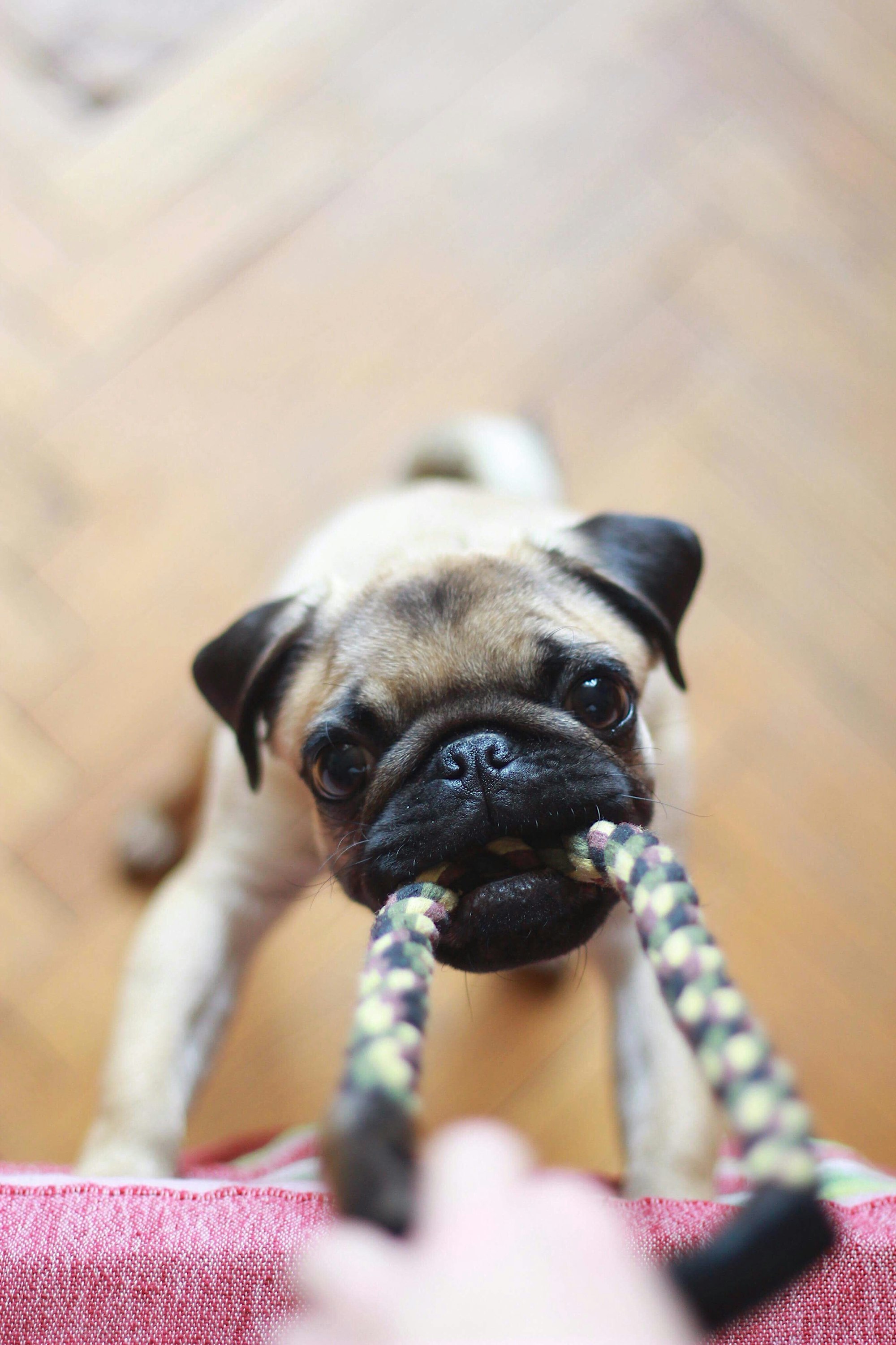
The Importance of Companionship
For senior dogs, sometimes play is less about the activity and more about companionship. Simply being with you, enjoying gentle strokes, or listening to your voice can be immensely comforting. It reminds them they're still loved and cherished.
Playtime with Special Needs Dogs
Some dogs might have physical disabilities or health challenges that make conventional play difficult. However, this doesn’t mean they can’t enjoy playtime.
Adapting to Their World
For a dog with visual impairments, sound-based toys, like squeakers or toys with bells, can be engaging. On the other hand, dogs with hearing loss can benefit from toys with varied textures, giving them a tactile experience.
Celebrating Small Wins
For dogs with mobility issues, even a brief play session can be a victory. Whether it’s batting at a toy with their paw or enjoying a gentle game of fetch in a confined space, it’s about celebrating what they can do.
Adapting Play to Senior Dogs with Fi
As our loyal companions gracefully age, their play needs and preferences might undergo changes. Recognizing and adapting to these changes is vital in mastering how to play with your dog the right way across all stages of their life. Enter the world of tech-savvy solutions like Fi dog collars.
Fi Helps Monitor Activity
While senior dogs might not chase the ball with the same gusto, it's essential to keep tabs on their activity levels. The Fi dog collar comes with an in-built activity tracker that helps you understand their daily movements, ensuring they get just the right amount of exercise without overexerting.
Gentle Play, Monitored Right
Using the Fi dog collar, you can set daily step goals tailored to your aging dog's capabilities. When engaging in gentle play, the collar ensures that their activity stays within the recommended range, ensuring they remain active without straining themselves.
Peace of Mind with Location Tracking
Senior dogs can sometimes become disoriented or wander off. The Fi dog collar offers real-time location tracking, ensuring that if your older buddy decides to go on an unexpected adventure, you'll always know where to find them.
Challenges and Triumphs
Dogs with physical disabilities or health challenges require special attention. While conventional play might be a challenge, integrating smart solutions like the Fi dog collar can redefine their play experience.
Customized Activity Goals
With the Fi dog collar, you can set individualized activity goals based on your dog's specific needs. Whether they have visual impairments, mobility issues, or other challenges, the collar helps you track their daily activity and adjust playtime accordingly.
Safety First
For dogs with special needs, safety becomes even more paramount. With the Fi dog collar's geofencing feature, you can set safe zones for your pet. If they wander out of these predetermined areas during play or otherwise, you get an instant notification.
Conclusion:
Mastering the art of playing with your dog isn't just about tossing a ball or buying the latest toys. It's about understanding your dog's needs, preferences, and limits. By investing the time and effort to engage with our canine companions thoughtfully, we not only strengthen our bond with them but also provide them with the mental and physical stimulation they crave.
Playing the right way ensures a happier, healthier, and more balanced dog. Remember, playtime isn't just about entertainment—it's a vital part of building a loving and trusting relationship with our furry friends. So, whenever you pick up that toy or initiate a game, do so with awareness and love, ensuring every moment spent is beneficial and enjoyable for both you and your dog.
FAQs
Q: What are the benefits of playing with my dog the right way?
A: Mastering how to play with your dog the right way can enhance bonding, improve mutual understanding, and promote emotional well-being for both you and your dog. Playing the right way ensures that your dog doesn't develop bad habits like running out the door unexpectedly.
Q: How can I prevent my dog from running out the door during playtime?
A: To avoid scenarios where your dog runs out the door, always make sure you're in a secure environment before initiating play. Use barriers like baby gates or closed doors to make it safer. Incorporating obedience commands like 'stay' into play can also train your dog to not bolt outdoors.
Q: What types of games are recommended for indoor vs. outdoor play?
A: Indoor games like tug-of-war or fetch in a hallway can be controlled more easily, reducing the chance of your dog running out the door. For outdoor play, activities like frisbee or agility exercises are great, but make sure the area is fenced or secure to prevent escapes.
Q: How do I know if my dog is enjoying the playtime?
A: Signs of enjoyment include wagging tails, a relaxed body posture, and enthusiastic participation. If your dog appears stressed or disinterested, it may indicate that you need to adapt your play style.
Q: What should I do if my dog shows aggressive behavior during play?
A: If your dog shows aggressive behavior, it's important to stop the game immediately. Understanding the root cause is key. Aggression can sometimes be triggered by overstimulation or fear. Consulting a professional is often the best course of action.
Q: How long should each play session last?
A: The length of play sessions can vary depending on your dog's age, breed, and health. Generally, 15-30 minutes is a good range. Monitor your dog for signs of fatigue to prevent overexertion, which could lead to your dog running out the door in search of a quiet place.
Q: Is it necessary to incorporate training into playtime?
A: Incorporating basic commands into playtime can be beneficial. It helps in maintaining discipline and can prevent unwanted behaviors like your dog running out the door.
